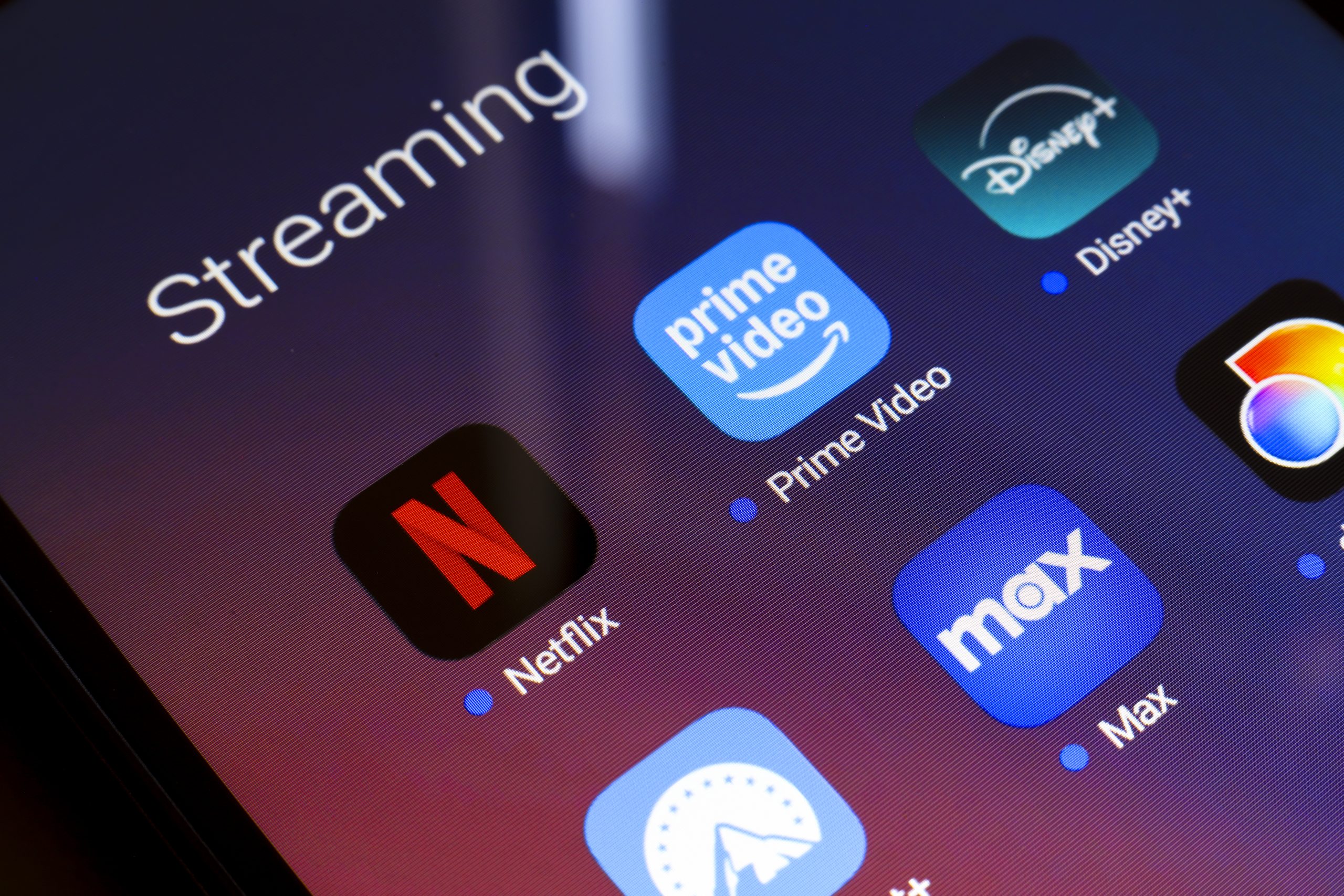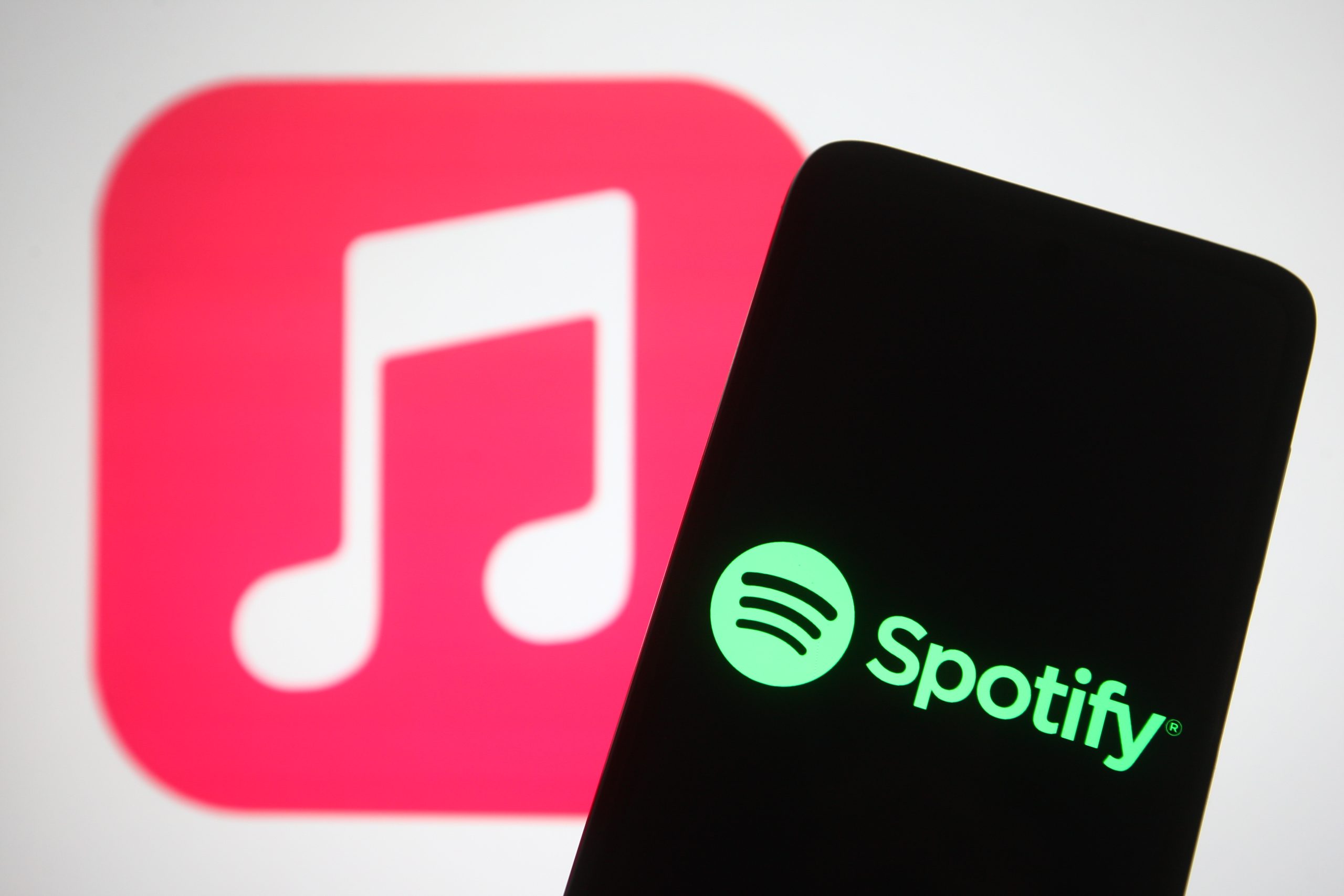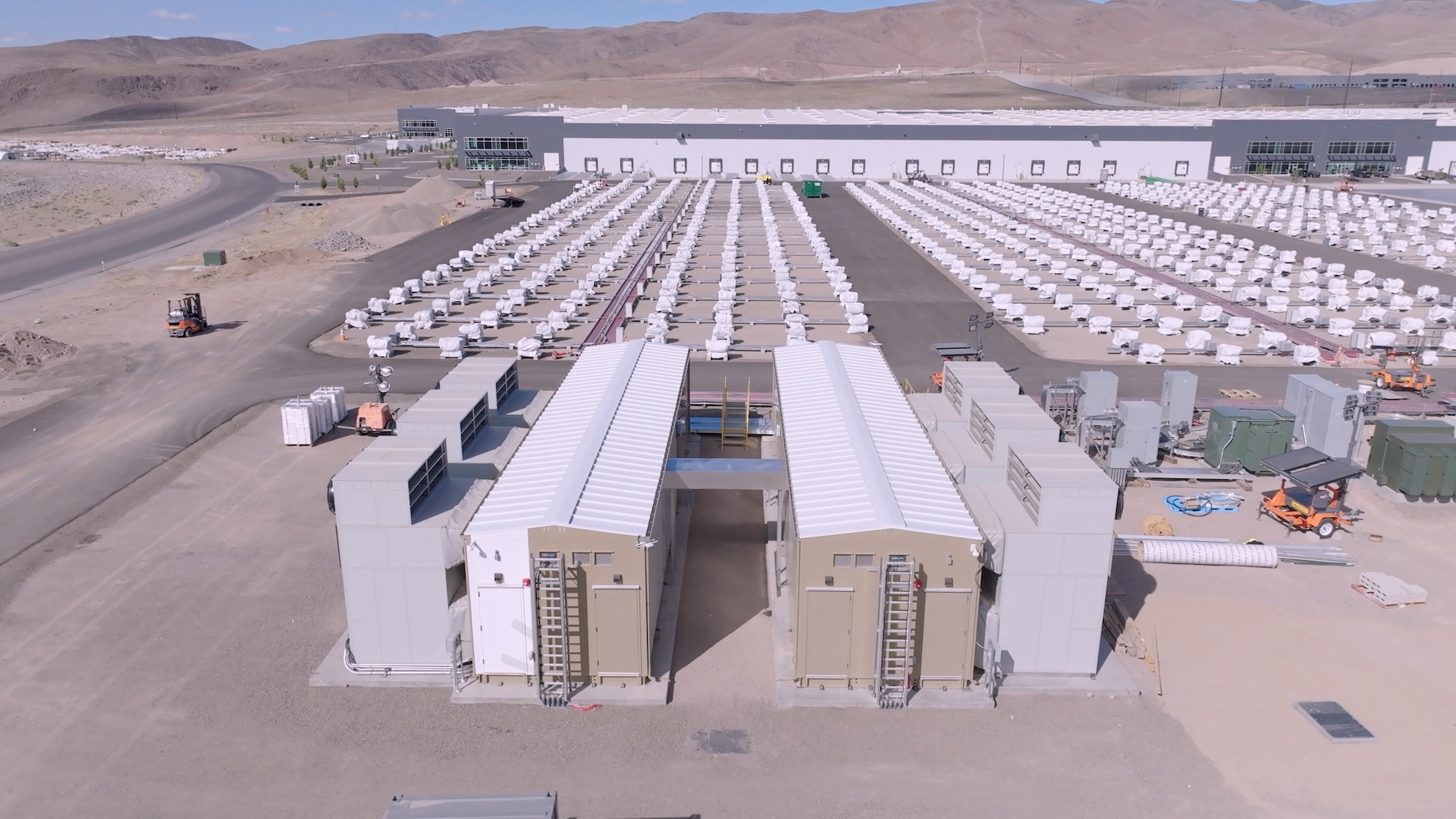
The landscape of online content creation has undergone a profound transformation, moving beyond mere ad impressions to a sophisticated ecosystem of entrepreneurship. While YouTube remains an unparalleled platform for creators to engage vast audiences and generate significant economic activity, a notable shift is underway as many prominent figures reduce their reliance on traditional ad revenue and brand partnerships. This evolution underscores a broader professionalization of the creator economy, where digital personalities are increasingly seen as formidable business leaders, developing diverse income streams and establishing enduring consumer brands.
In June, YouTube itself reported that its creative ecosystem contributed over $55 billion to the U.S. gross domestic product and was responsible for creating more than 490,000 full-time equivalent jobs in the preceding year. These figures highlight the immense scale and financial impact of the platform. However, the inherent volatility of platform-dependent income has prompted many creators to seek more stable and diversified revenue models. The unpredictable nature of advertising revenue, frequently affected by fluctuating market conditions, shifting advertiser sentiments, and YouTube’s continuously updated content policies and monetization guidelines, often makes it challenging for creators to maintain consistent earnings. This unpredictability, coupled with the realization that income streams tied solely to platform algorithms can vanish unexpectedly, has spurred a strategic pivot among many top YouTubers.
The Evolution of the Creator Economy: A Brief History
The journey of digital content creation from a hobbyist pursuit to a multi-billion dollar industry has been remarkable. In the early 2010s, YouTube was primarily a platform for amateur videos, music, and vlogs. Creators initially monetized their content through the YouTube Partner Program, which shared ad revenue based on video views. As the platform grew, so did the potential for earnings, attracting a new generation of creators who saw content creation as a viable career.
However, this golden age of ad revenue began to face challenges. The "Adpocalypse" in 2017, where many advertisers pulled out due to concerns about content suitability, demonstrated the vulnerability of ad-centric models. Subsequent algorithm changes and stricter content guidelines further highlighted the precariousness of relying solely on platform income. This period served as a crucial turning point, pushing creators to explore alternative revenue streams such as merchandise, crowdfunding platforms like Patreon, and direct brand sponsorships.
The current phase marks an even more ambitious leap: creators are no longer just endorsing brands; they are building their own. This shift signifies a maturation of the creator economy, where individual influence is leveraged not just for ephemeral campaigns, but for the creation of sustainable, vertically integrated media companies with parallel businesses, robust product lines, and even brick-and-mortar ventures designed to withstand algorithmic whims and policy changes. These side businesses are, in many instances, demonstrating faster and more sustainable growth than their foundational YouTube channels.
MrBeast: The Quintessential Creator-Entrepreneur
At the forefront of this entrepreneurial wave stands Jimmy Donaldson, universally known as MrBeast. With a staggering subscriber count in the hundreds of millions, he transcends the traditional definition of a YouTuber, embodying the aggressive entrepreneurship driving the modern creator landscape. His journey from elaborate stunts and philanthropic giveaways to a diversified business portfolio exemplifies strategic brand extension.
MrBeast’s ventures began modestly in 2018 with ShopMrBeast, his merchandise store. This initial foray quickly expanded into a sprawling enterprise. Feastables, his snack brand launched three years ago, quickly became a standout success. Its inaugural product, the "MrBeast Bar" chocolate, generated over $10 million in sales within its first 72 hours, selling more than a million bars at launch. Critically, Feastables has proven to be more profitable than his core YouTube content and even his high-profile "Beast Games" competition series on Prime Video. In a telling financial disclosure, Feastables generated approximately $250 million in revenue and over $20 million in profit in 2024, while his media business incurred an estimated loss of $80 million. This stark contrast underscores the strategic importance of diversified income.
Beyond snacks, Donaldson’s empire includes Lunchly, a packaged food brand co-founded with fellow YouTubers Logan Paul and KSI; the MrBeast Lab toy line; and the MrBeast Burger ghost kitchen concept, which, despite facing legal challenges, demonstrated the power of his brand in the food industry. He also developed Viewstats, an analytics platform, leveraging his deep understanding of content performance. Donaldson’s ambition even extended to a reported attempt to acquire the U.S. operations of TikTok, joining a consortium of investors.
His latest endeavors push boundaries further. Plans are reportedly underway to establish a mobile virtual network operator (MVNO), potentially partnering with major carriers like AT&T, T-Mobile, or Verizon. Additionally, he has filed trademark applications for a mobile application offering banking, financial advisory, and cryptocurrency exchange services, indicating a bold move into financial technology. Most recently, reports from The Times suggest MrBeast is planning a theme park in Saudi Arabia, featuring rides inspired by his popular video challenges, cementing his vision of an experiential brand beyond digital screens.
Emma Chamberlain: Lifestyle and Direct-to-Consumer Success
Emma Chamberlain, who gained immense popularity as a teen vlogger in 2016 through her authentic and relatable content, has successfully transitioned her personal brand into a thriving beverage empire. With over 12 million subscribers, her foray into the coffee industry with Chamberlain Coffee in 2019 has been particularly impactful.
Chamberlain Coffee offers a wide array of products, including cold brew, coffee pods, ground and whole bean options, as well as tea and matcha. Her success has also inspired other creators, such as Jacksepticeye with Top of the Mornin’ Coffee and Philip DeFranco with Wake & Make Coffee, to launch similar ventures. In 2023, Chamberlain Coffee had a pivotal year, introducing ready-to-drink canned lattes and achieving approximately $20 million in revenue, as reported by Forbes. The brand further expanded its presence by opening its first physical cafe location in January, supplementing its established online and retail presence in major stores like Target, Sprouts, and Walmart. Despite facing some supply chain issues last year, the brand is projected to rebound with over 50% revenue growth by 2025, aiming for more than $33 million, and targeting profitability by 2026, according to Business Insider. Chamberlain’s brand illustrates the power of a creator’s distinct aesthetic and lifestyle appeal in building a resonant consumer product.
Logan Paul: Highs, Lows, and Brand Power
Logan Paul, known for his compelling and often controversial online presence, and now a prominent figure in professional wrestling, has also leveraged his digital fame into significant business ventures. With 23.6 million subscribers, Paul’s journey has been marked by both immense successes and public controversies, including an infamous 2017 video and the allegedly fraudulent CryptoZoo NFT project.
His energy drink brand, Prime, co-founded with fellow YouTuber KSI, achieved rapid viral success upon its launch in 2022. The brand surpassed $1.2 billion in sales in 2023, a figure that dramatically overshadows typical earnings from content views, ads, and brand deals. However, Prime has subsequently faced declining sales, regulatory scrutiny regarding its high caffeine content, and legal challenges from business partners. Notably, sales in the U.K. saw a significant drop of approximately 70% between 2023 and 2024. This trajectory highlights the intense scrutiny and potential pitfalls associated with rapidly scaling a celebrity-backed brand.
Earlier, Paul’s Maverick Apparel line also demonstrated substantial earning potential, generating between $30 million and $40 million in 2020. His brother, Jake Paul, has similarly diversified, co-founding the Anti Fund, which boasts investments in companies like OpenAI and Ramp, alongside owning a grooming line called W and a mobile betting platform, Betr. The Paul brothers exemplify the potent, albeit sometimes tumultuous, fusion of digital celebrity and entrepreneurial ambition.
Ryan’s World: The Child Influencer Merchandise Mogul
The phenomenon of child influencers also contributes significantly to this trend. Ryan Kaji, the 13-year-old host of Ryan’s World, captivated nearly 40 million young viewers with his toy reviews and unboxing videos. His brand extension is a prime example of successful merchandising tailored for a specific demographic.
Beyond his YouTube channel, Kaji has built a formidable brand through a line of toys and apparel sold in major retail chains, which reportedly generated over $250 million in revenue in 2020. The Kaji family has further diversified, launching a television show and an educational app, demonstrating a holistic approach to brand development that spans various media and product categories, catering directly to their young audience.
Rosanna Pansino: Niche Content to Culinary Commerce
Rosanna Pansino, with 14.8 million subscribers, has carved a unique niche with her baking tutorials and pop culture-inspired themed treats on her "Nerdy Nummies" channel. Her success illustrates how specialized content can translate into tangible product lines.
Pansino has expanded her brand beyond YouTube by releasing several popular cookbooks and selling a line of baking tools through major retailers like Amazon. This strategy allows her audience to engage with her content in a practical way, using the very tools and recipes she promotes. Other YouTubers have followed suit in the culinary space, such as Andrew Rea (Babish) with his Babish Cookware brand and comedy duo Rhett & Link with MishMash Cereal, further solidifying the trend of creators developing product lines that complement their core content.
Pioneers in Beauty: Michelle Phan and Huda Kattan
The beauty industry offers some of the earliest and most compelling examples of creators building business empires. Michelle Phan, who gained fame in 2007 with her makeup tutorials, was one of the first beauty influencers to effectively monetize her content beyond ads. She co-founded Ipsy, a highly popular beauty subscription service, and launched her own makeup line, EM Cosmetics, setting a precedent for influencer-led beauty brands.
Huda Kattan, another prominent figure, founded the globally recognized beauty brand Huda Beauty in 2013. Her brand has achieved immense scale, reportedly bringing in hundreds of millions of dollars in sales annually. Kattan’s journey also highlights the complexities of scaling a creator-led business; she sold a minority stake to private equity firm TSG Consumer Partners in 2017 but bought it back in June, citing clashes over strategic vision and investor pressure to bring in senior leadership. Her move to regain full control underscores a common desire among creator-entrepreneurs to maintain authenticity and creative direction. The success of Huda Beauty, along with other influencer-launched brands like Jeffree Star Cosmetics and Tati Beauty, demonstrates the profound impact creators can have on disrupting established industries.
Challenges and the Future Landscape
While the transition from content creator to entrepreneur offers immense opportunities, it is not without its challenges. Market saturation, the constant pressure to maintain authenticity while scaling, ensuring product quality control, and navigating complex legal and regulatory landscapes (as seen with Prime) are significant hurdles. Furthermore, the personal brand of the creator often remains central, meaning any misstep can have widespread repercussions for their associated businesses.
Despite these challenges, the trajectory for the creator economy points towards continued professionalization and the blurring of lines between content creation and traditional business. The direct connection creators foster with their audiences provides an unparalleled advantage in market research, product development, and direct-to-consumer sales. As technology evolves and new platforms emerge, creators will likely find even more innovative ways to monetize their influence, focusing on building resilient, diversified enterprises that can thrive independently of any single platform’s algorithms or ad market fluctuations. The era of the creator as a multifaceted media and commerce mogul is firmly established, reshaping how consumers discover, engage with, and purchase products in the digital age.





